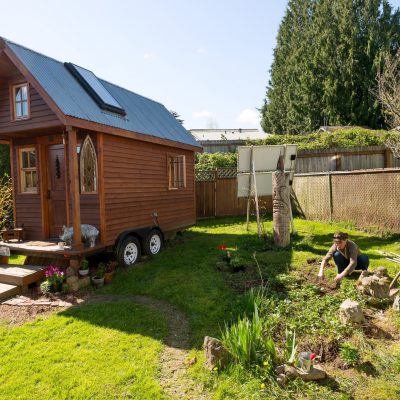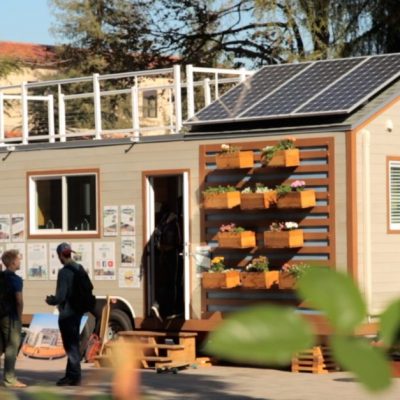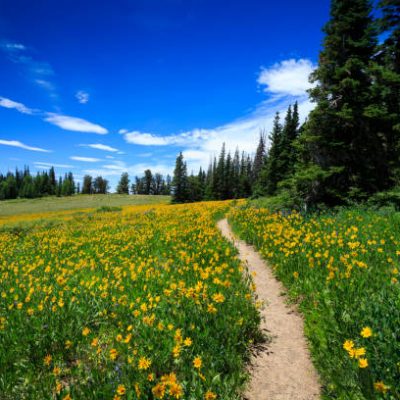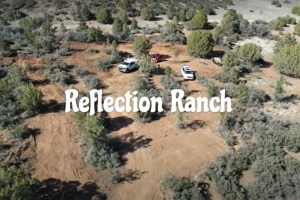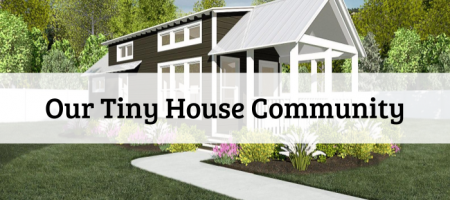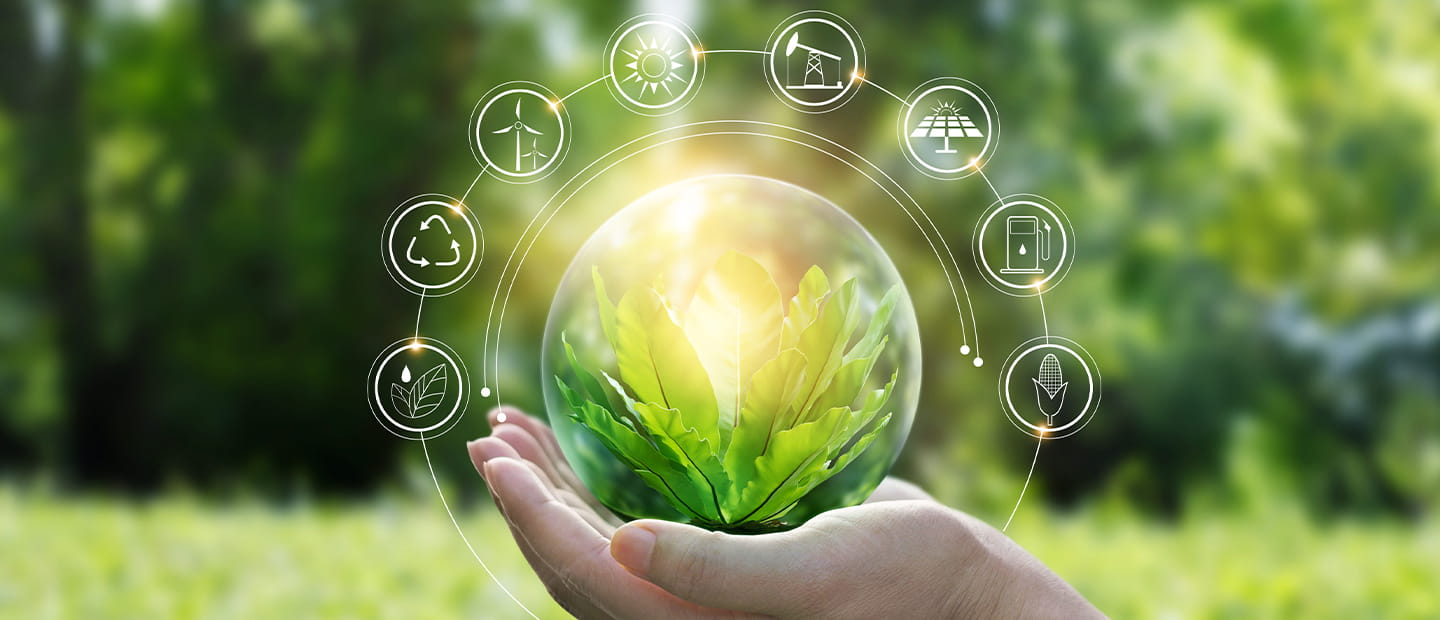
How Tiny Living Helps The Environment
Water Usage
No matter where you live, water conservation should be important, but in
Yavapai County it is a real concern. We are pulling more water than we
are putting back. It doesn’t matter what it is, if this continues you’re
going to run out. This is not the place for climate change arguments;
it’s a place to come together for the purpose of learning to live a
lifestyle that helps our planet, but more specifically our beautiful
Prescott area. I have been environmentally conscience for decades and
have been living tiny since 2014 so I have the experience and knowledge
to back up my plan.
In order for this community to help the
environment it needs to do the opposite of what we’re doing now. That
means we can’t get our water from the city, county or a well; it needs
to come from nature. This can be accomplished in a number of ways
depending on the situation and how much water you’re wanting. Below are
just a few ways to harness the power of nature
Rainwater Harvesting

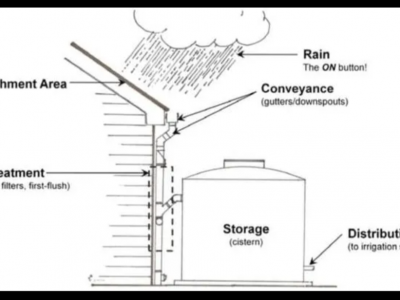
Rainwater harvesting is an innovative alternative water supply approach anyone can use. Rainwater harvesting captures, diverts, and stores rainwater for later use. Implementing rainwater harvesting is beneficial because it reduces demand on existing water supply, and reduces run-off, erosion, and contamination of surface water. Rainwater can be used for nearly any purpose that requires water. These include landscape use, storm water control, wildlife and livestock watering, in-home use, and fire protection. Rainwater harvesting systems range in size and complexity. All systems have basics components, which include a catchment surface, conveyance system, storage, distribution, and treatment.
Gray Water Reclamation
Do you know how much water goes down the drain each time you take a shower, throw in a load of laundry or just give your hands a quick wash? For the average U.S. household, it is close to 280 gallons a day! (source: Environmental Protection Agency). By most domestic definitions, gray water is tap water soiled by use in washing machines, tubs, showers and bathroom sinks. It’s not sanitary, but it’s also not toxic and generally disease free. Gray water reclamation is the process by which households make use of gray water’s potential instead of simply piping it into overburdened sewage systems with all the black water. The advantages of gray water reclamation include lower water usage from an outside source, including harvested rain water. Additionally, reusing gray water’s otherwise wasted nutrients from soap (nitrogen and phosphorous) and food (potassium) can sustain plant life and recharge topsoil, actually giving back to nature. While it is not drinkable, it can be used in irrigation and washing machines.
Waste Management
No one really wants to think or talk about personal waste management but it is time to talk about poop. There are a few options to deal with human waste. The most basic of these is an outhouse, no one’s favorite! So what about a true toilet? Thankfully there are such things.
Composting Toilet
A composting toilet is just as it sounds. It turns your waste into usable compost! There are drawbacks to this type of toilet. The smell is not pleasant & there is an odor. A carbon additive such as sawdust, coconut coir, or peat moss is added after each use. Lastly, they are very large and take up a lot of room in a tiny house. Composting is carried out by microorganisms (mainly bacteria and fungi) under controlled aerobic conditions. Most composting toilets use no water for flushing and are therefore called “dry toilets” and they don’t require electricity.
Incinerator Toilet
An incinerating toilet basically burns your waste. They may be powered by electricity, gas, or other energy sources. Incinerating toilets gather excrement in an integral ash pan and then incinerates it, reducing it to pathogen-free ash. Some will also incinerate “grey water” created from showers and sinks.
Dry Flush Toilet
Dry-Flush toilets are my personal favorite. The look and feel like a traditional toilet but don’t require electricity or water! It has no odor and the waste is contained in an air-tight container from the minute you push the “flush” button to the point it’s thrown away. You can choose to use it as battery operated or use the adapter plug (requires 110V outlet). The unit itself is small, similar to the size of standard toilet.
Energy Use
Solar Energy
The amount of sunlight that strikes the earth’s surface in an hour and a half is enough to handle the entire world’s energy consumption for a full year. Solar technologies convert sunlight into electrical energy either through photovoltaic (PV) panels that concentrate solar radiation. This energy can be used to generate electricity or be stored in batteries or thermal storage. A tiny house can be run with solar, 110V or a combination of both.
Wind Power
The wind is a clean, free, and readily available renewable energy source. Each day, around the world, wind turbines are capturing the wind’s power and converting it to electricity. Wind power generation plays an increasingly important role in the way we power our world – in a clean, sustainable manner. A wind turbine allows you to harness the power of the wind and turn it into energy. When the wind blows, the turbine’s blades spin clockwise, capturing energy. This triggers the main shaft of the wind turbine, connected to a gearbox within the nacelle, to spin. The gearbox sends that wind energy to the generator, converting it to electricity. Electricity then travels to a transformer, where voltage levels are adjusted to match with the grid.
Gardens & Outdoor Space
Each tiny community will include a community garden. Compost from
composting toilets isn’t allowed in the food garden. However, it can
most certainly be used and added to the numerous flower gardens that
will also “bee” in the community. See what I did there? We aim to help
several environmental issues with our communities. Beautiful flower
gardens, made with drought- resistant native plants and flowers, will be
located throughout. These gardens are another way our community will
actually benefit the environment. The gardens will be designed with
several desires in mind:
- To encourage and help increase the bee population
- To support the butterfly population
- To vegetate the area with native plants which don’t require watering, outside of what Mother Nature will provide
- To provide beautiful areas for the residents to appreciate and enjoy.
